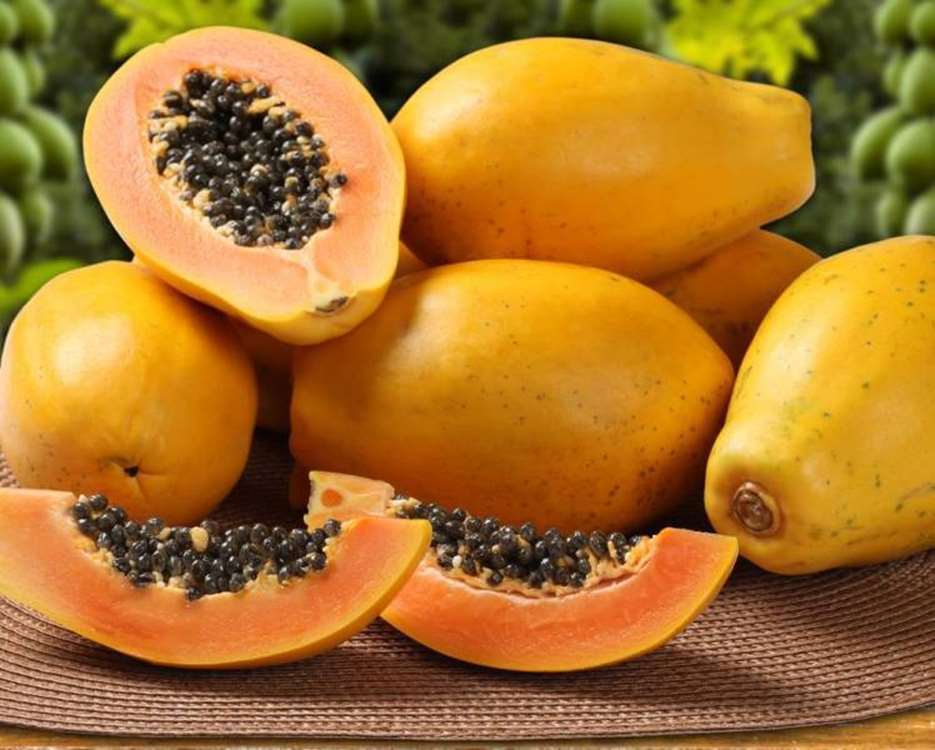Papaya greenhouse farming growing across Iran

Papaya greenhouse farming growing across Iran
Papaya, a popular fruit crop native to the American tropics,
was introduced to the southern tropical provinces of Iran in the 1990s and its
cultivation is widely increasing across the country, including northeastern
parts.
The establishment of a papaya greenhouse within the Imam
Reza Greenhouse Complex in North Khorasan Province is both a research and
commercial venture. Initiated last year, the project has now reached the
production stage, covering an area of 7,000 square meters.
Papaya fruit is a berry with a thin, smooth exocarp (peel)
and thick, fleshy mesocarp (pulp) surrounding an open cavity containing many
small seeds.
Any climatic factor such as cool or cold temperatures, lack
of water (drought), high constant winds, or shade will reduce papaya growth and
production. Papaya plants grow and fruit best in areas where temperatures
remain warm to hot (70°F–90°F; 21–32°C).
Root growth is best if soil temperatures remain above 60°F
(15.5°C) and slows or declines below that temperature. Papaya plants are not
tolerant of freezing temperatures and are damaged or killed below 31°F
(-0.6°C).
High temperatures
above 90°F (32°C) may cause flowers to drop, and low temperatures below 59°F
(15°C) may inhibit flowering or result in misshapen fruit. Well distributed
rainfall is required for best plant growth and fruit production. Any
non-favorable weather conditions may lead to a reduction of plant growth and
fruit production.
Papaya plants are susceptible to wind damage and will not
establish or grow well in continuously windy areas. Papaya plants with a large
amount of developing fruit are very susceptible to toppling due to high winds.
Therefore, plants should be planted in wind-protected areas of the landscape.
Papaya is mainly propagated by seed, but tissue culture and
rooted cuttings are practiced to a limited extent. The sex of the plant is
determined by its parents.






